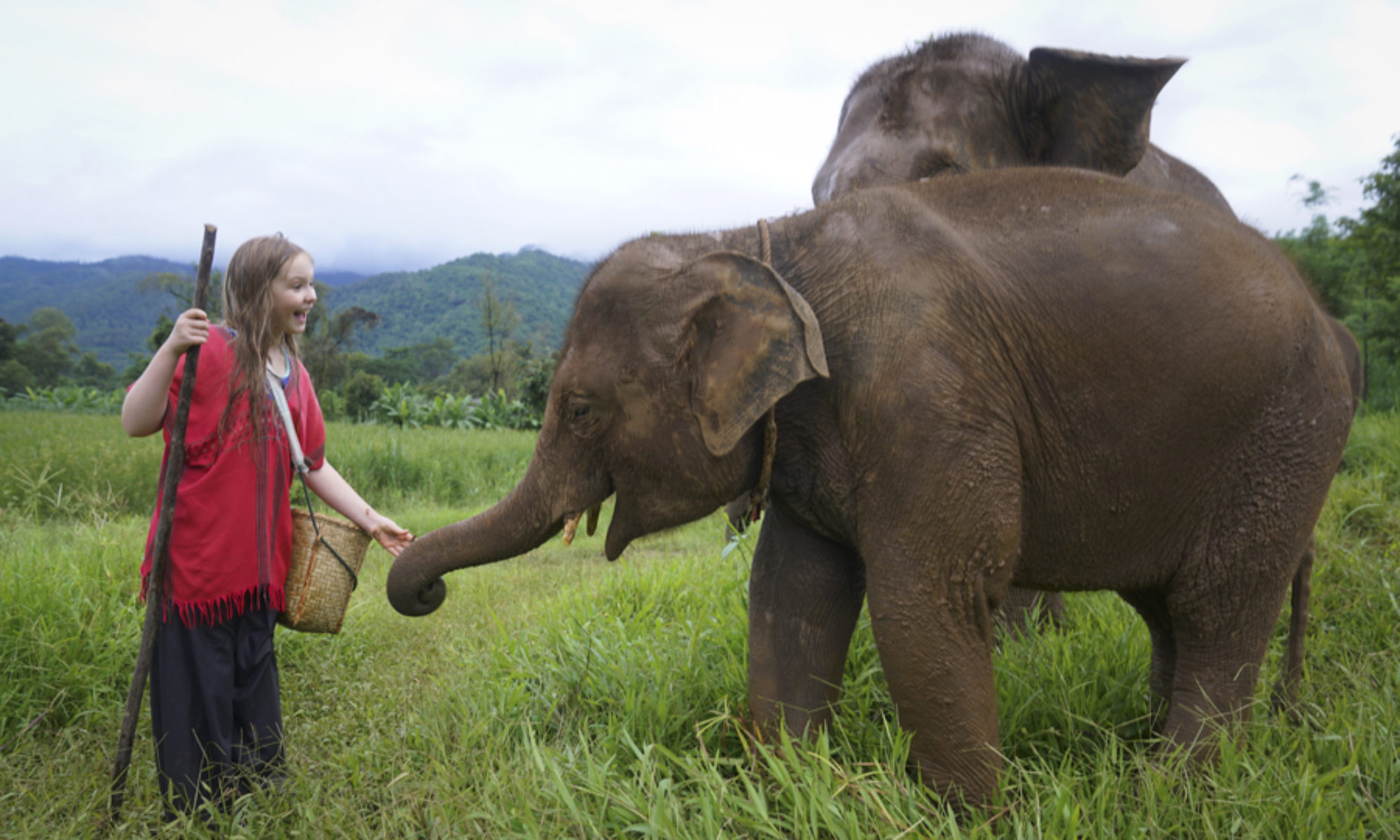
At the shops near Arashiyama Mountain Elise tried on her first kimono. Various undergarments were wrapped and hooked, and the hem was fitted to her by hoisting up the excess fabric and folding it under a wide obi belt (so different from the Western cinched-waist silhouette). She was given tabi split-toe socks to accommodate the traditional wooden shoes, and her hair was twisted into a bun and embellished with a flower.

Parasol in hand, she was ready to head outside.



Even with the restrictions of the clothing, she did not move like Japanese ladies in kimono, with tiny forward steps, but instead clumped in the unusual shoes and struck poses like the cartoon characters she draws. I wanted her to stay in the kimono all day, but the shop was closing so we returned and she changed back into her normal clothes. While I waited, I took in the sumptuous patterns and colors of the kimono and obi and was practically floating by the time we left.



After that experience, a bowl of udon noodles and veggie tempura was in order. We try to avoid fried food in the US and Germany, but in Japan, the tempura batter is so light that it does not feel as sinful.

But the best part of the day was our hike up Arashimaya Mountain, where monkeys roam free.


Feeding the monkeys outside is not allowed, so Elise was delighted to discover that it was possible to buy tiny bags of peanuts and chunks of apple and feed the monkeys through a screen at the visitor’s center.

This little gal surprised me by scooting over and plunking herself down behind my chair. It was fun, but after having had monkeys clamber all over us in the Amazon trying to get our bananas, I longed to scoop them up in my arms and hold them – or at least let them hang out on my shoulders for a while.

To round out the day, we headed to Gion, the oldest part of the city and Kyoto’s most famous geisha district. The tiny alleys are atmospheric, and if you’re lucky (we weren’t), you may catch a glimpse of apprentice geisha disappearing behind sliding wooden doors into one of the traditional tea houses or restaurants.

Also atmospheric at night is Yasaka Shrine, which overlooks the bustling Shijo-dori shopping avenue. By the time we wandered inside, however, the vendors had started packing up, and so we decided to call it a day and headed home, tired after the long day.



You must be logged in to post a comment.